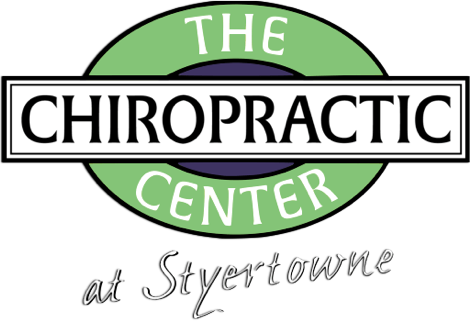Carpal Tunnel Syndrome
Chiropractic can help release spinal pressure on the nerves that go to the arms, wrists, and hands.
What is Carpal Tunnel Syndrome?
Carpal Tunnel Syndrome (CTS) is the occupational disease of the 21st century. Do you have it? You may if you have one or more of the following symptoms: tingling and numbness in the hand, fingers, and wrist; swelling of the fingers; dry palms; blanching (whitening upon pressure) of the hand; or pain so intense that it awakens you at night. In some instances, CTS causes similar symptoms in the upper arm, elbow, shoulder, or neck.
This condition is increasingly common and causes patients to miss many days of work. Millions of people now suffer from CTS and increasing numbers of them are seeking chiropractic care. The drug-free chiropractic approach of releasing stress and freeing your body of nerve interference.
Where is the Carpal Tunnel?
You won't find the carpal tunnel on any map -- it's in your wrist. Nine tendons and one median nerve pass through a tunnel-like structure formed by your wrist (carpal) bones. CTS (also called occupational neuritis, partial thenar atrophy, and median neuritis) occurs when the median nerve is irritated.
Who gets CTS?
Just about anyone can get CTS. Years ago, telegraph operators, seamstresses, carpenters, and meat cutters were the chief sufferers from this condition. Today, it's office workers, computer users, musicians, and assembly line workers (among others) who are prone to it. Fractures, a fall on the hand, or poorly designed and/or vibrating hand tools may damage the palm of the hand and also cause CTS. Other causes are rheumatoid, osteoarthritis, Paget's disease, multiple myeloma, acromegaly, or gout. It is often found in pregnant women, women who use birth control pills, or individuals with an underactive thyroid.
The Orthodox Medical Approach
The medical approach to CTS is to stop using the wrist in the same way by wearing a splint (wrist immobilization). Resting the wrist has worked for many people. In others, ice or drugs such as anti-inflammatories or diuretics were also used.
In those with persistent symptoms, corticosteroids may be injected into the crease of the hand near the wrist which may provide relief. This approach, however, has a high relapse rate (and many side effects). As many as 100,000 operations a year are performed for CTS and recovery from such surgery may take from 6 months to 10 years.
Limitations of standard medical care led to the late Robert Mendelsohn, MD to state, "Since the medical treatment for this condition is so often unsatisfactory, I have for years been recommending that my patients consult experts in muscle and joint therapy."
The Chiropractic Approach
Since most people who do repetitive tasks are prone to CTS, this appears to be a contributing factor to this condition. New research into carpal tunnel syndrome has revealed that the pain it causes in the wrist and arm is likely just symptomatic of problems elsewhere in the body. In fact, results show that wrist and arm pain is related to misalignments of bones, ligaments, and muscles in the neck. Therefore, the main problem may be the health of the structural system including the neck, shoulder, elbow as well as the wrist, and that is why anyone suffering from CTS should see a chiropractor, ensuring that his/her spinal column and structural system are properly aligned and free from nerve pressure.
Look closely at a musician, office worker, computer user, or anyone suffering from CTS. You'll see that not only are the wrists being used to perform the tasks, but the neck and entire spinal column are also involved in the activities.
For over a 100 years, clinicians, researchers, and patients have reported relief from classical CTS symptoms and improvement in overall body function after chiropractic adjustments.

